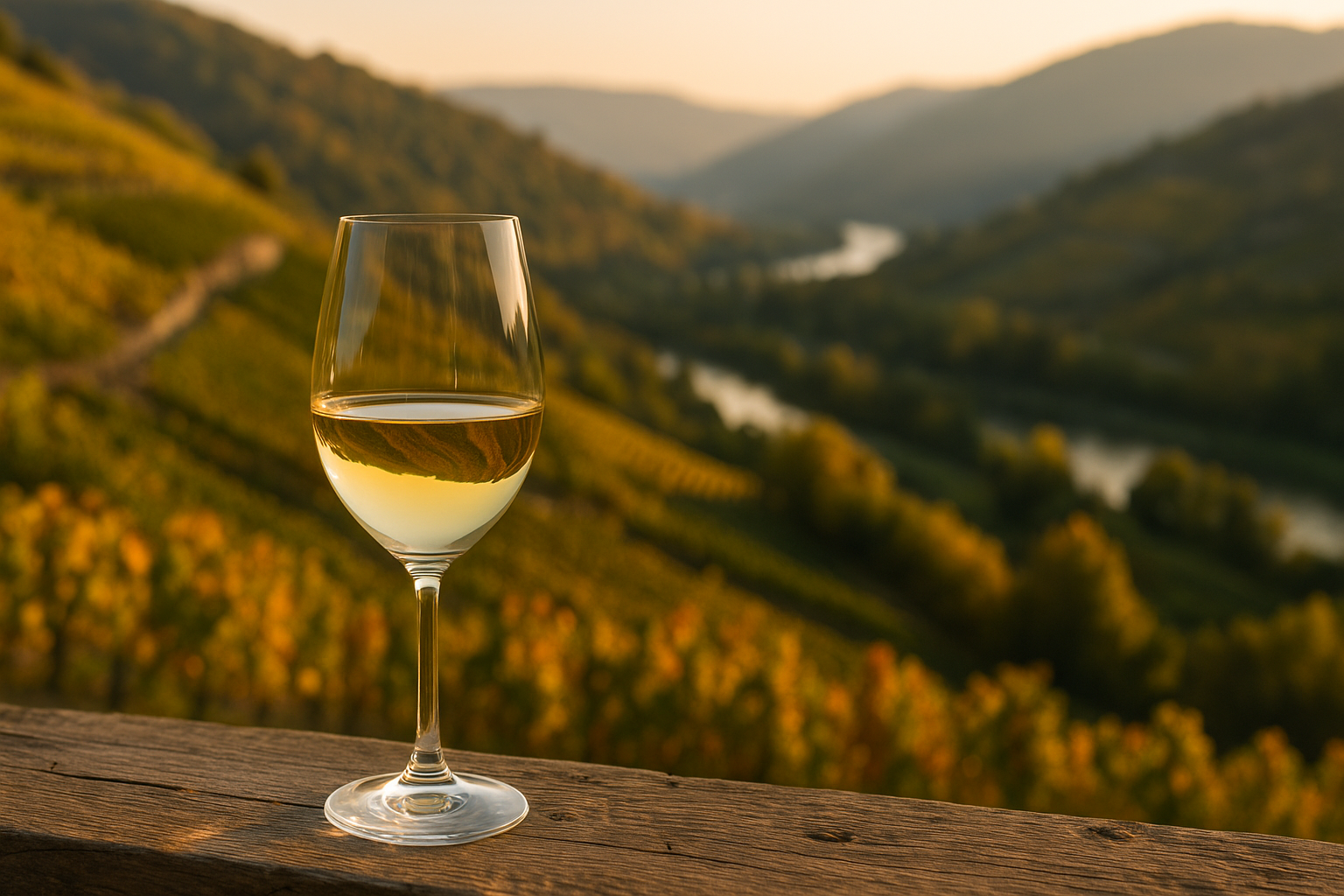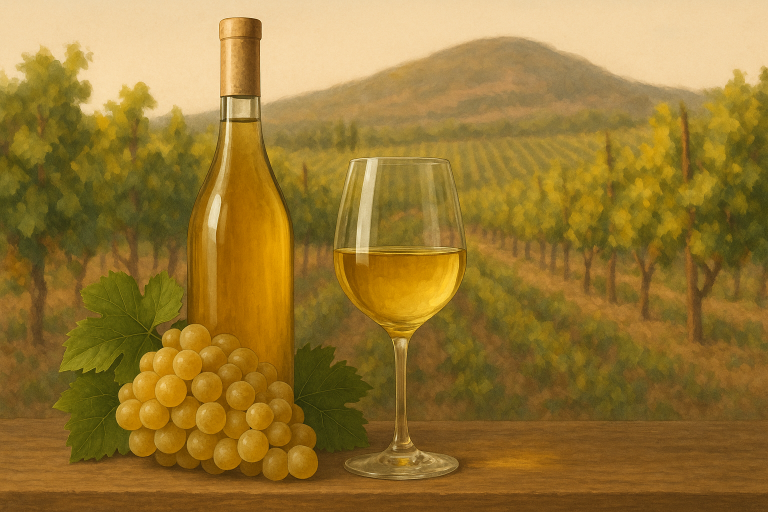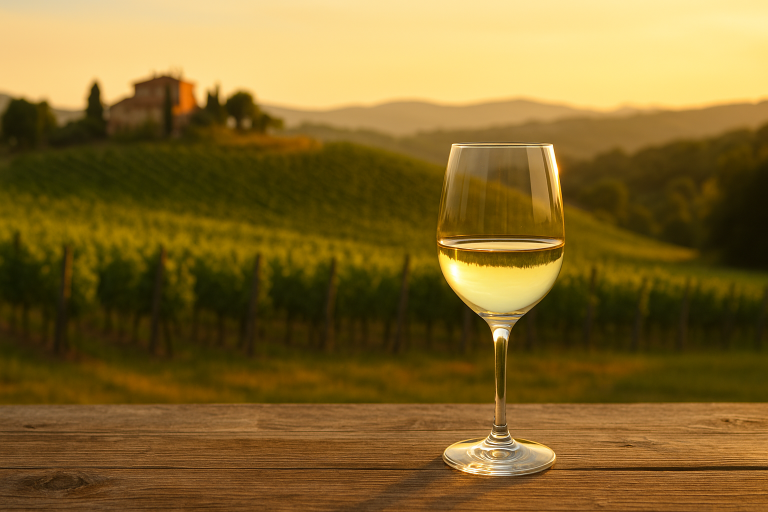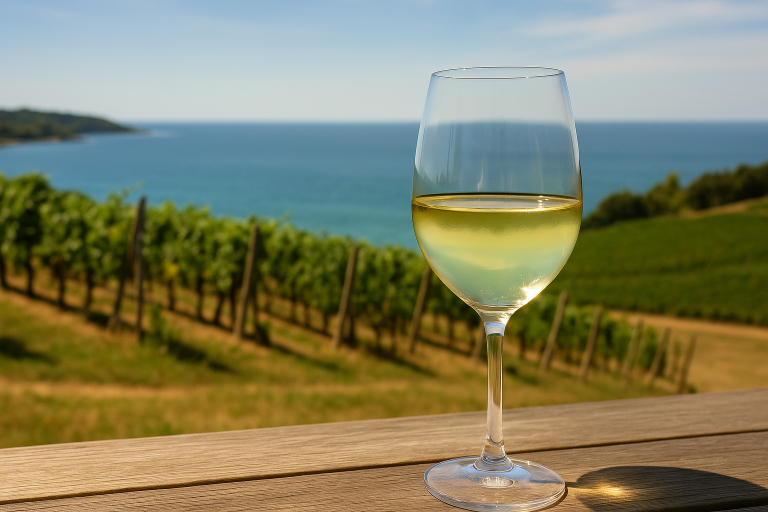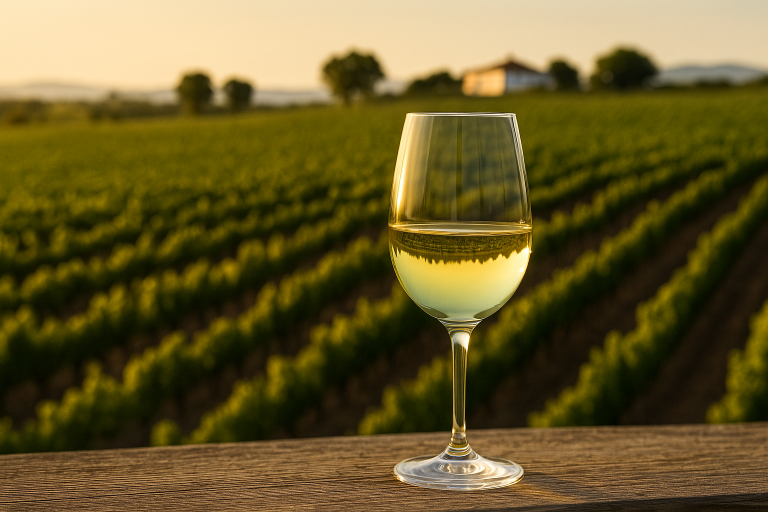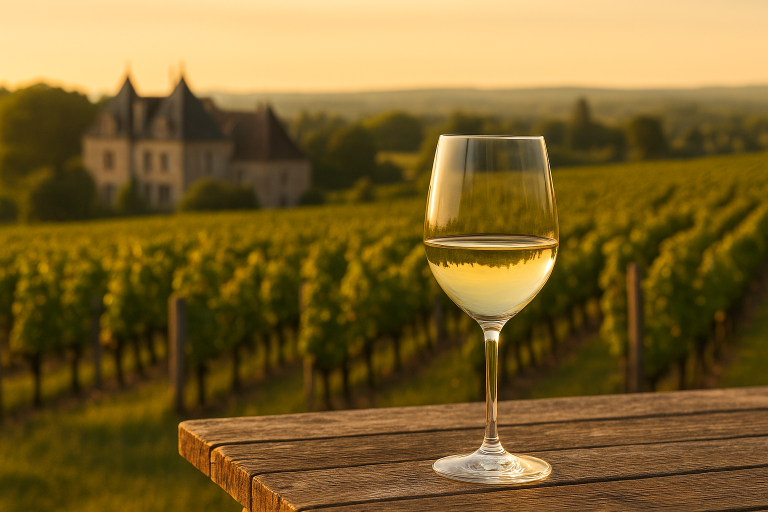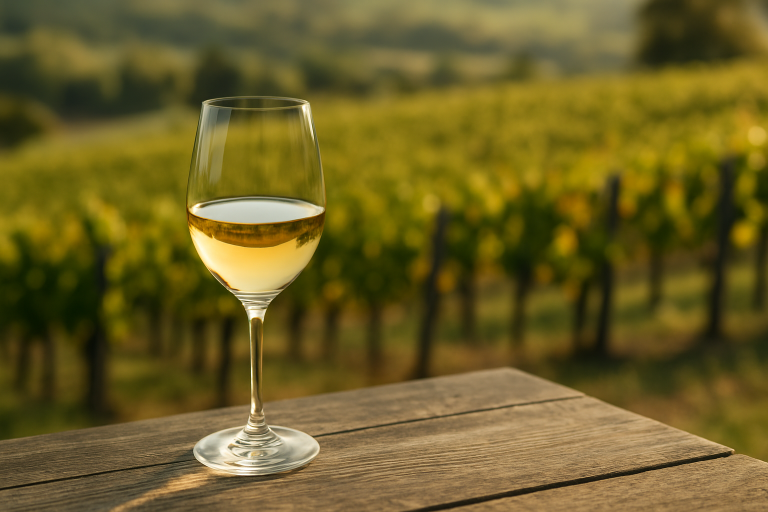Lush, floral, and captivatingly aromatic, Viognier is one of the wine world’s most enchanting white grapes. With its perfumed bouquet of honeysuckle, apricot, and peach, it seduces the senses and offers a luxurious alternative to crisp, mineral-driven whites. Viognier is a wine of texture and fragrance — an experience that’s as much about aroma and mouthfeel as it is about flavor. Often called the “siren of the Rhône,” it is a grape that speaks softly yet leaves a lasting impression.
A Brief History
The origins of Viognier trace back to the northern Rhône Valley of France, where it has been cultivated for over 2,000 years. Legend suggests that Roman soldiers brought the grape from Dalmatia (modern-day Croatia) during their expansion into Gaul. By the Middle Ages, it was well established along the steep slopes of Condrieu and Château-Grillet, two regions that remain its spiritual home today.
For centuries, Viognier was a rarity — treasured for its heady perfume but notoriously difficult to grow. It’s a finicky grape that ripens late, requires abundant sunshine, and is highly sensitive to disease. By the 1960s, global plantings had dwindled to just a few acres in Condrieu, and the variety teetered on the brink of extinction.
Fortunately, a revival in the late 20th century saved Viognier from obscurity. Winemakers in France, California, and Australia rediscovered its aromatic magic, and today, the grape flourishes once again, appreciated for its elegance and versatility.
Where It’s Grown
- France (Northern Rhône): The purest and most iconic expressions come from Condrieu and Château-Grillet, where Viognier produces lush, full-bodied wines with peach, apricot, and floral notes balanced by minerality.
- Southern France: Widely used in blends, particularly in Languedoc and Côtes du Rhône, sometimes co-fermented with Syrah to add fragrance and body.
- United States: Found in California, Oregon, and Virginia, producing ripe, fruit-driven wines with tropical and floral character.
- Australia: Particularly in Eden Valley and Yalumba, known for silky, aromatic styles.
- South Africa & Chile: Emerging regions offering balanced, approachable expressions with bright fruit and spice.
Tasting Notes
Viognier is typically medium- to full-bodied, with low acidity and a silky, almost oily texture. Its hallmark is its aromatics — a luxurious perfume of honeysuckle, jasmine, apricot, peach, and tangerine, often complemented by hints of ginger, honey, and vanilla.
On the palate, Viognier offers flavors of ripe stone fruit, citrus blossom, and tropical nuances, finishing with a smooth, lingering richness. Oak-aged examples develop added complexity, revealing creamy textures and notes of spice or brioche.
Serve Viognier slightly chilled (around 52°F) to preserve its aromatics. It pairs beautifully with lobster, roast chicken, Thai curry, crab cakes, and creamy pastas, as well as spiced or aromatic cuisines where its floral intensity can shine.
The Essence of Viognier
Viognier is a wine of elegance and seduction — a celebration of fragrance, texture, and balance. It bridges the gap between freshness and opulence, offering something truly unique in the world of white wines.
From the steep, sun-soaked slopes of the Rhône to the coastal vineyards of California, Viognier continues to captivate those who seek beauty in every glass. To taste Viognier is to experience the poetry of perfume and the luxury of silk — bottled sunlight and pure grace.

